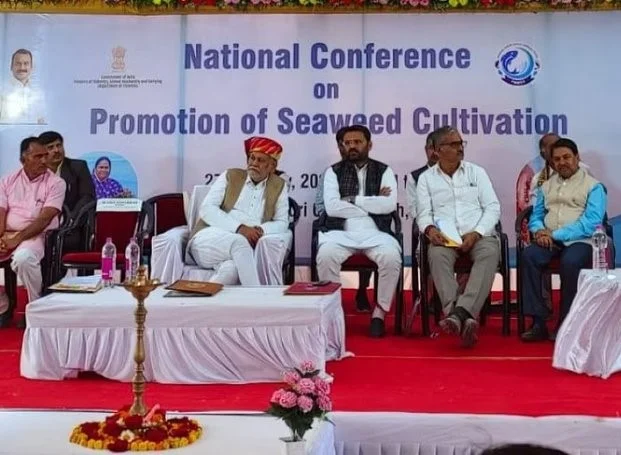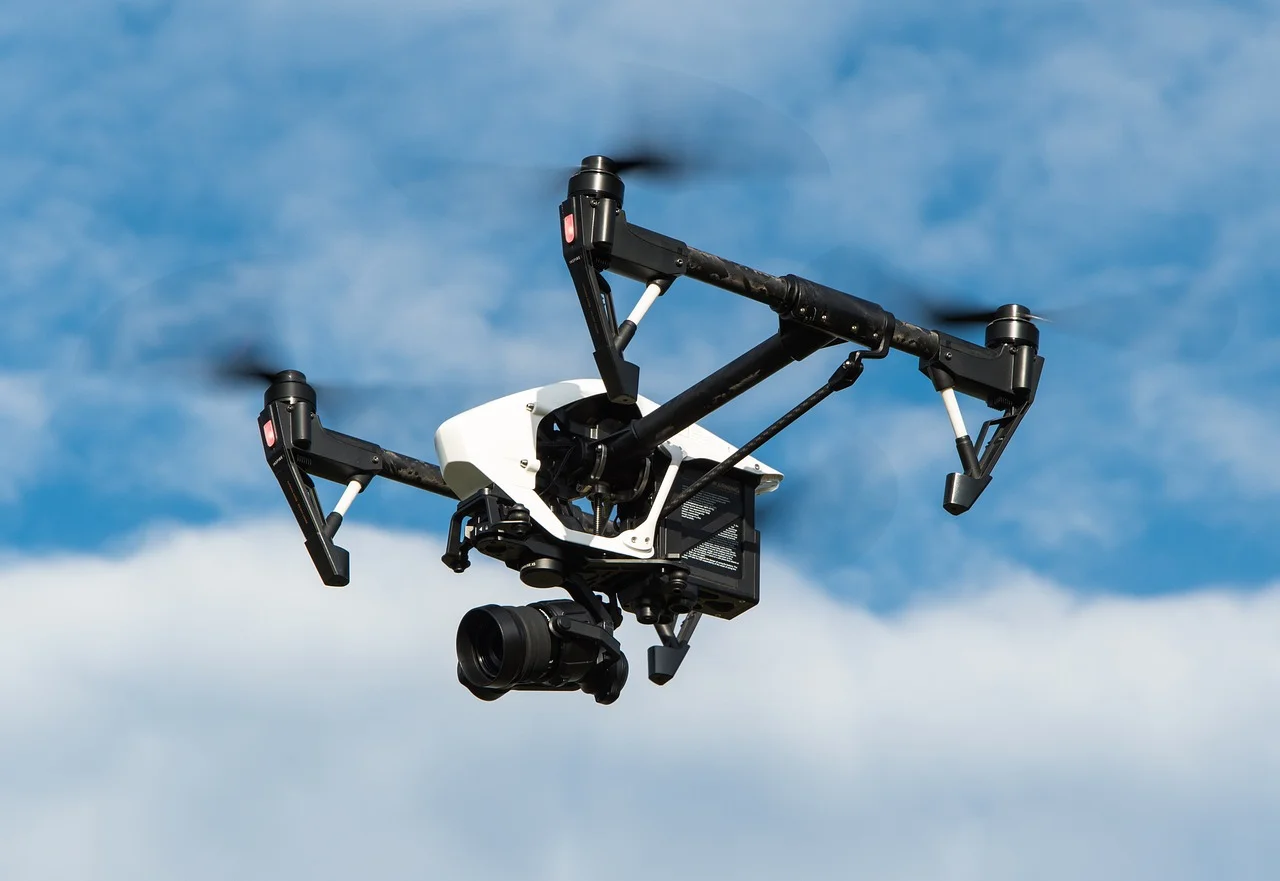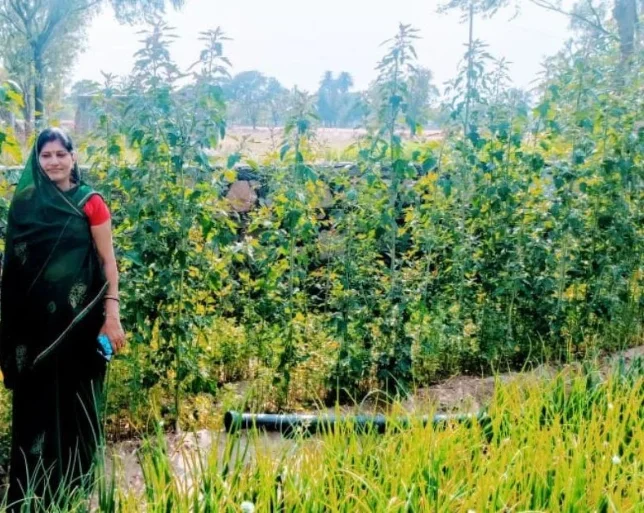In the arid village of Kanwarpura, Rajasthan, Amit Yadav, a forward-thinking farmer, has harnessed the power of the sun to transform his agricultural fortunes. Reflecting on the indispensable role of the sun as the Earth’s ultimate energy source, Amit shares, “Sun is the ultimate source of energy for the earth. We can’t exist without the sun even for half an hour. We can’t imagine what it is to be like to do that. So, I thought, till we have the sun, we have an ultimate source of energy with us.”
Amit’s journey towards sustainable and profitable farming took a significant turn with the implementation of the PM-KUSUM Yojana. This government scheme has been a game-changer for farmers like Amit, residing in Kanwarpura, a village situated in the water-scarce region of Kothputli, Rajasthan. The area faces unpredictable rainfall, compelling farmers to heavily rely on groundwater for their agricultural needs. Unfortunately, the village is currently grappling with a water crisis as groundwater levels have drastically plummeted from 60-70 feet to below 400-500 feet.
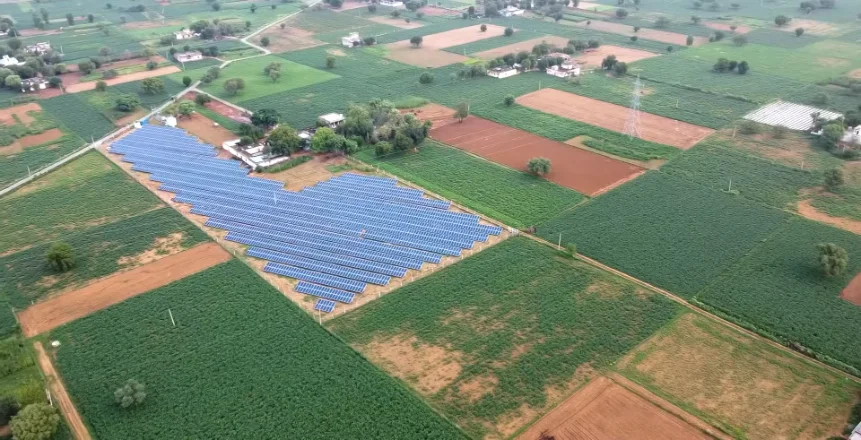
Underscoring the impact of this water scarcity, Meena Yadav, Amit’s mother, shares, “Earlier, we used a water pump which helped with our farming. Now we only get 6 hours of electricity. So we are left without electricity or water.” The depletion of water levels, coupled with inadequate electricity supply, presented a formidable challenge for the farming community.
Despite being a doctor by profession, Amit Yadav, deeply rooted in his family’s agricultural background, couldn’t ignore the challenges faced by farmers in his village due to the water and electricity crisis.
Determined to find a sustainable solution, Amit recalls, “We used to do some farming, but farming was not profitable. Sometimes there is excess rain and sometimes prolonged dry spells. Sometimes it gets very cold, and sometimes there are floods, damaging our crops. Then our groundwater levels—I have noticed it since my childhood—I remember that once the groundwater was just 60 feet below. Then the water levels started going down gradually. I thought that in the next 4-5 years, the water levels will dip further without rains. And without water, our fields will become barren. So I made a plan to have a solar plant in this place.”
The concept of a solar plant was not foreign to Amit. Having already established a small solar plant in his clinic, where he runs his practice entirely on the energy harvested, Amit saw the potential for a larger-scale application. Encouraged by the success of his clinic project, he aspired to extend this sustainable solution to agriculture. The PM-KUSUM Yojana emerged as the catalyst to turn Amit’s dream into reality.
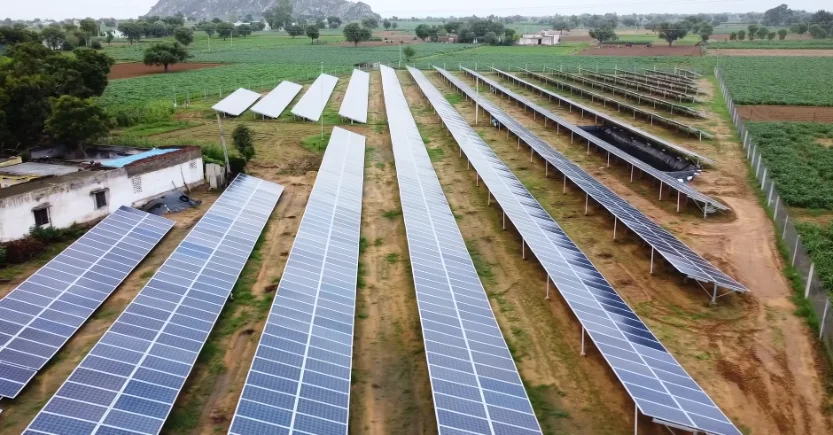
The new KUSUM scheme, introduced by the central government, comprises three components. Component A focuses on setting up grid-connected solar plants, allowing farmers to establish plants with a capacity ranging from 0.5MW to 2MW. Power generated will be purchased for 25 years under a fixed tariff through DISCOMS, providing farmers with a steady income. Not only does this initiative promote sustainable farming practices, but it also aligns with the government’s goal of doubling the income of farmers.
Excited about the prospects of the PM-KUSUM Yojana, Amit promptly took action, sharing, “When I heard of PM-KUSUM Yojana, I thought of applying right away. Then I downloaded the required documents from their website and filled the necessary forms in my father’s name. After applying, I received the Letter of Offer (LO letter). Subsequently, I signed a Power Purchase Agreement (PPA) with the government, putting the wheels in motion on September 2, 2020.”
Also Read: Man transforms poor barren land into lush green paradise through Water Harvesting in 2 years
Recognizing the importance of thorough preparation, Amit delved into extensive research on solar plants. Armed with knowledge, he enlisted the services of a local contractor to install the power plant on his 1.5-hectare land. The endeavor to set up a 1MW plant came with a financial commitment of Rs 3.5 crore.
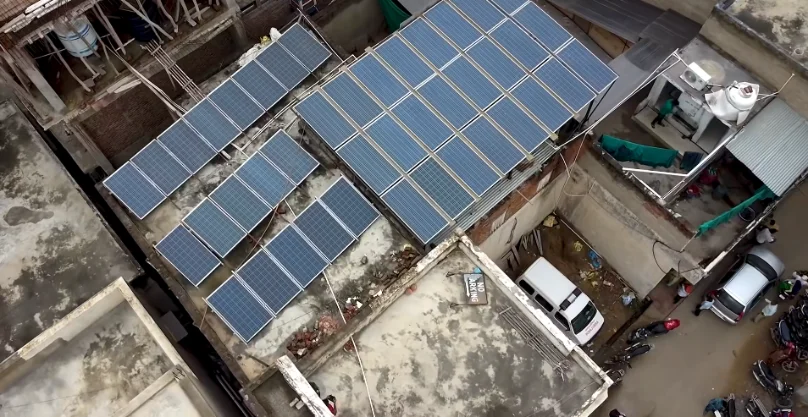
With the groundwork laid, Amit Yadav embarked on the installation phase of his ambitious solar project. The initial step involved procuring 3400 panels, each boasting a capacity of 330W, strategically arranged on a ground-mounted GI (Galvanized Iron) structure weighing a substantial 40 tonnes. Extensive wiring, covering 11 kilometers of DC and 1-1.5 kilometers of AC, facilitated the smooth flow of electricity through the system. Four string inverters, each with a capacity of 250KW, played a pivotal role in converting the generated DC electricity to AC. The electricity then flowed through the LT panel, the transformer, and ultimately into the grid.
A testament to the success of Amit’s venture is the impressive daily production of 5000 units of electricity, translating to an average monthly income of Rs 4 lakh. However, the journey wasn’t without its challenges. The most formidable hurdle was securing the necessary funds for the project.
Amit candidly acknowledges the financing challenges, stating, “The biggest challenge in terms of the scheme implementation is financing. Banks want collateral for financing the project, and they are also charging high-interest rates. Because of this, farmers who don’t have equity are having trouble signing the power purchase agreement. We have brought this to the attention of the central government, and they are also trying to find a way out. So far, 208 people have approached us and have submitted a project security amount of Rs 5 lakhs per MW, and about 185 people have signed the agreement.”
Despite the financial challenges, the project stands out for its low maintenance requirements, enabling Amit to explore innovative farming methods. Making the most of the space between the solar panels, Amit has ventured into fish farming, showcasing the versatility and sustainability of his solar-powered agricultural enterprise.
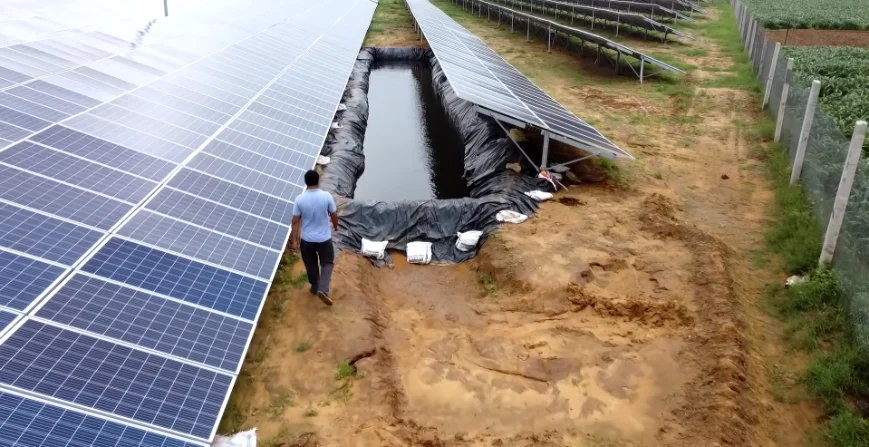
Inspired by a patient’s success in fish farming, Amit Yadav decided to diversify his agricultural pursuits. Recounting the inception of the idea, Amit shares, “I got the idea of fish farming from one of my patients. I used to ask him about the progress of his fish project. Then I learned the method from him. So, I also thought of doing something similar on a trial basis. So, we made a small pond here. We have dug a small pond of 80×10 feet and 7 feet deep. And we have put 6000 fishlings (Pangasius). And we are feeding them daily.”
Also Read: Balakila Shivananda: Best Farmer Award Winner Thrives with Best Integrated Organic Farming
This innovative approach to land utilization showcases Amit’s commitment to exploring sustainable and diversified income streams. The integration of fish farming not only maximizes the utility of the land between the solar panels but also presents a model of resource-efficient, multi-faceted agriculture.
Amit is not just focused on the benefits reaped on an individual level; he envisions a broader impact on the community and the nation. Noting the curiosity among the people of Rajasthan regarding the possibilities of solar plants, Amit is confident that initiatives like KUSUM have the potential to usher in prosperity.
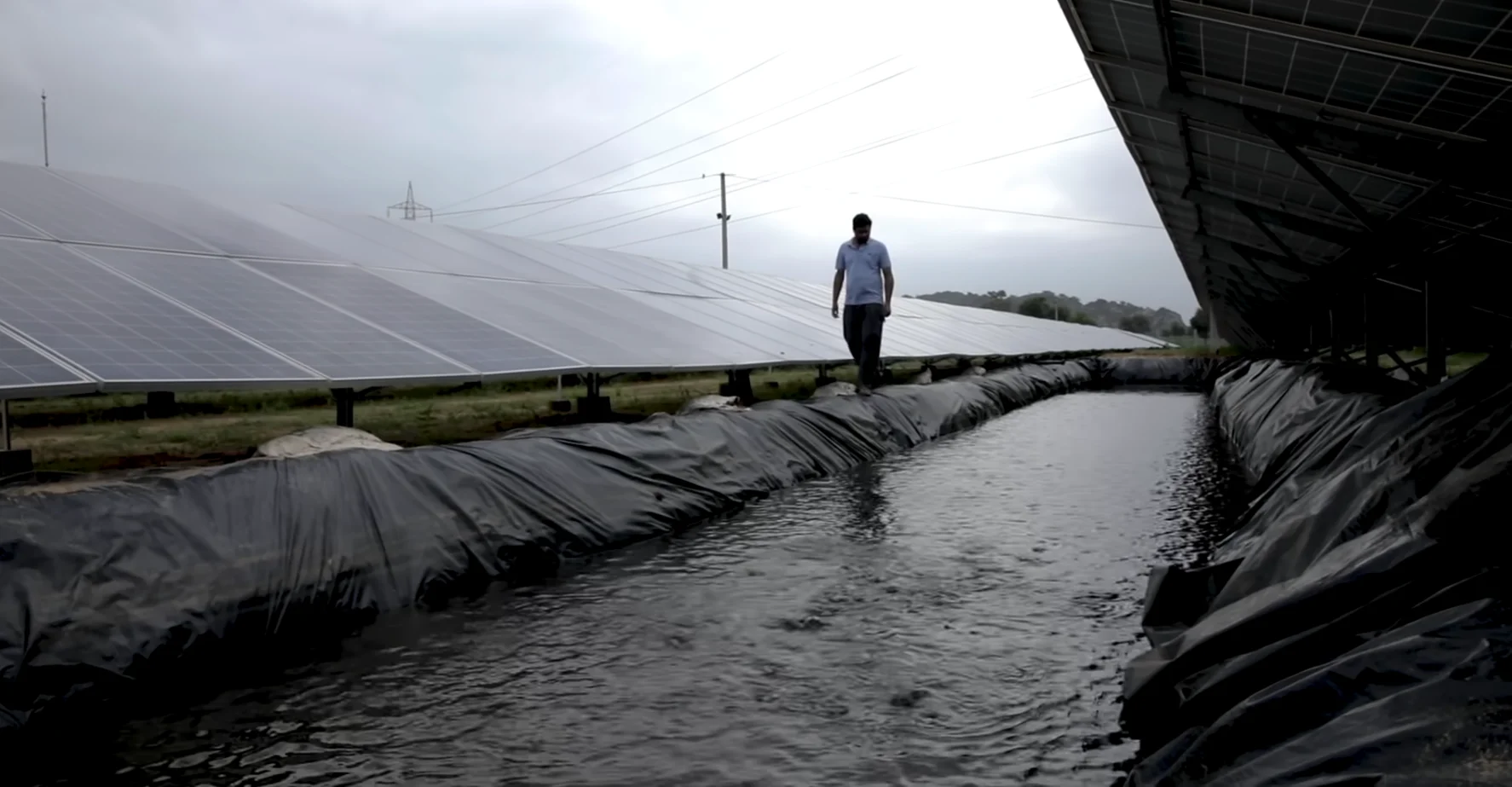
Encouraging others to embrace renewable energy solutions, Amit asserts, “I would encourage people to do this. I think this is the future here because our energy needs are increasing by the day. And we will have to shift to renewable energy sources. The petrol and diesel prices are increasing, and this won’t last for long. Also, things are getting electrified; vehicles are also turning electric. So, eventually, everything will run on electricity. And the project is good and will last for 25 years. I have an agreement with the government for the next 25 years. So, I will have a fixed income for the next 25 years without much trouble.”





